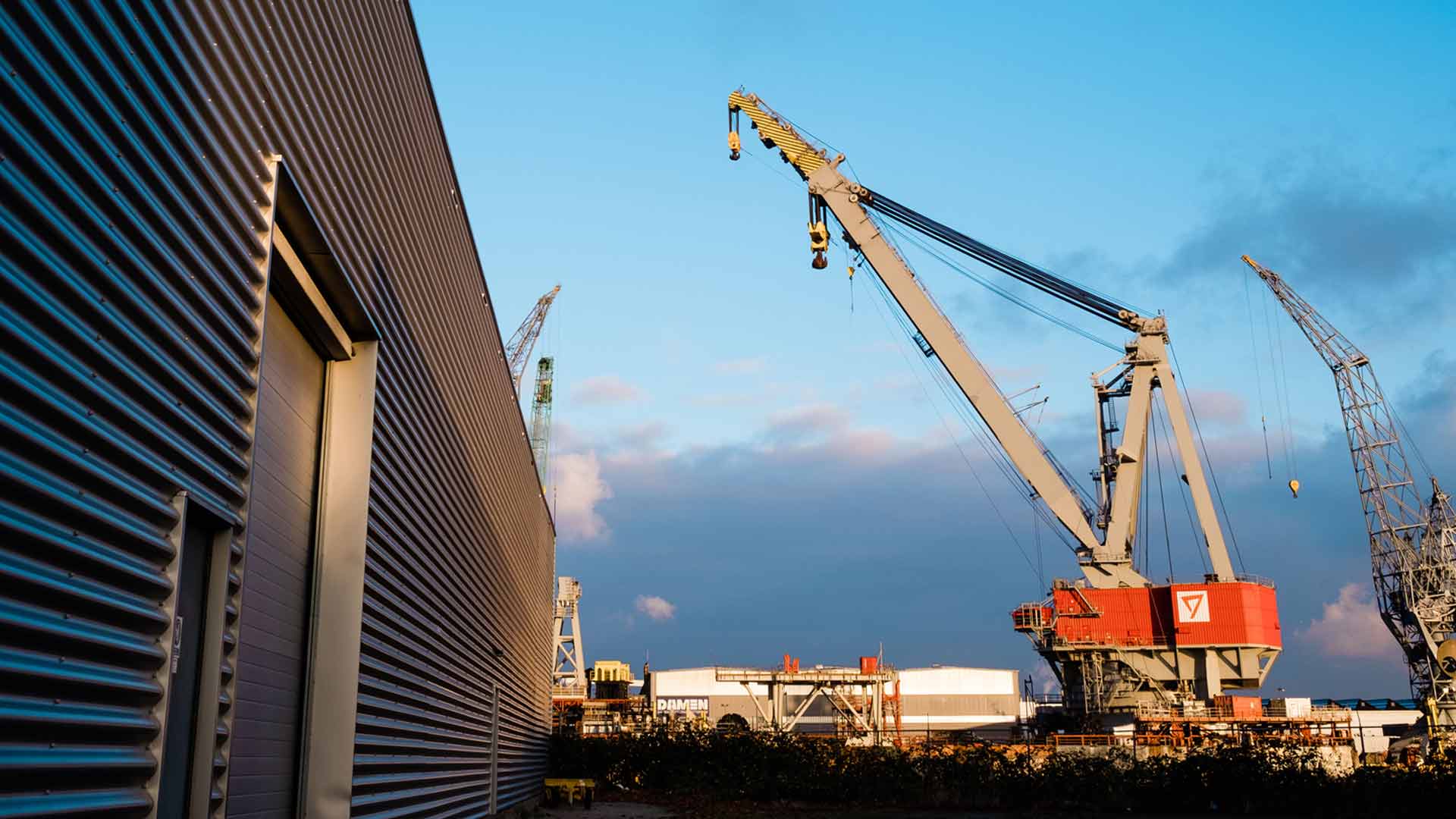Podcast
Catching Wind: An Introduction to GustoMSC – Part 1
With guest Nils van Nood
Sep 12, 2024
When you think of wind energy, the first company that comes to mind probably isn't an oil and gas manufacturing giant like NOV. However, with the addition of the GustoMSC team to our Marine and Construction business unit, we now have exciting new capabilities in the offshore renewables marketplace. Join NOV Today host Michael Gaines as he visits The Netherlands to chat with Nils van Nood, managing director of GustoMSC and vice president of business development, on the unique capabilities the GustoMSC team brings to the table as well as how we can better serve customers together.
